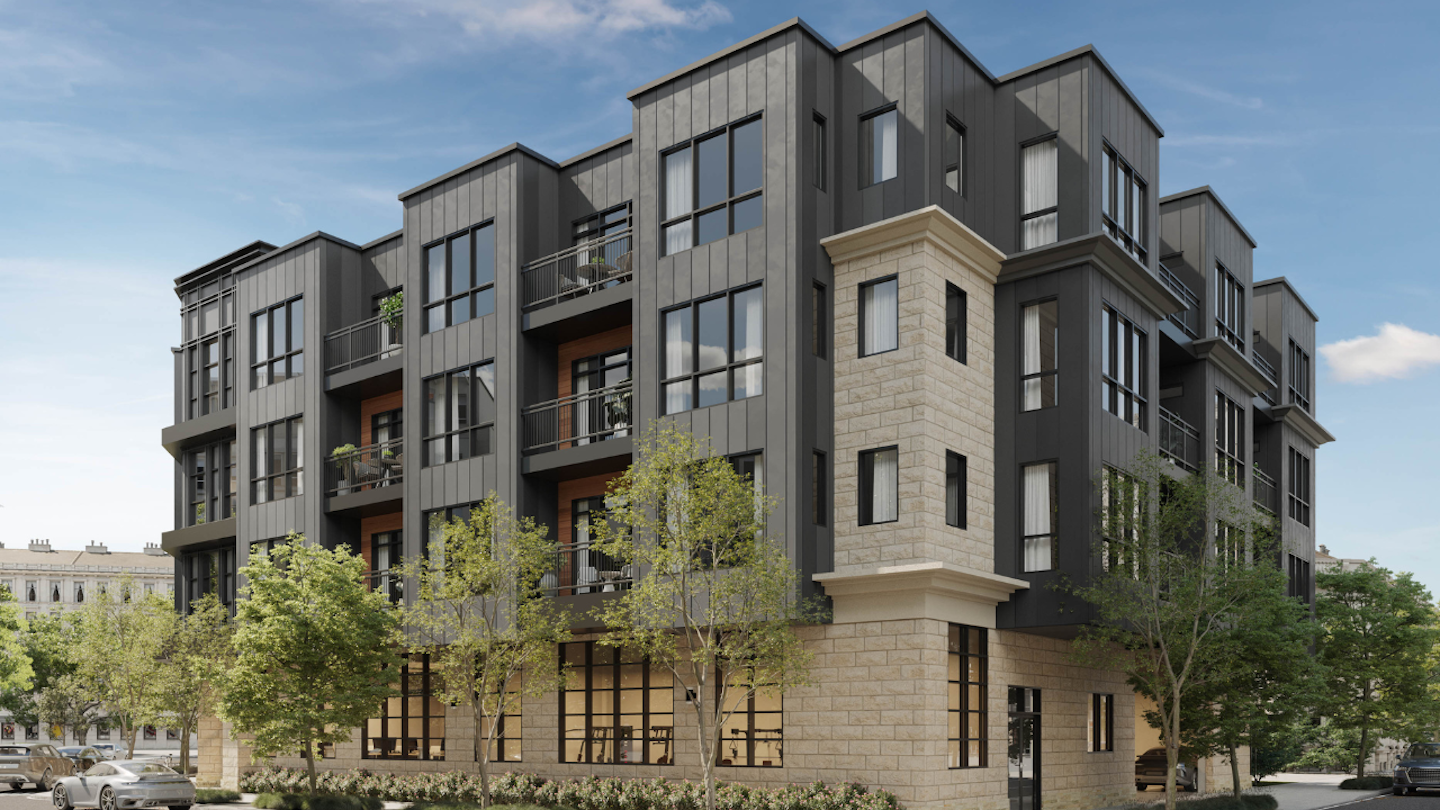
The multifamily housing market functions as an intricate ecosystem, and its dynamics are in full display in high-growth cities across the U.S. In particular, the relationship between new apartment construction and rental prices reveals a powerful trend: increasing supply doesn’t just benefit the luxury market but creates downward pressure on rents across all price points.
This phenomenon, often referred to as “filtering,” illustrates how critical new development is to fostering housing affordability. Let's dig in.
In 12 major U.S. rental markets, rents for lower-priced Class C apartments have decreased by at least 6% year-over-year. The common thread may surprise you- robust new construction pipelines exceeding national averages.
Florida is leading the charge. Secondary markets like Fort Myers, Sarasota, and Daytona Beach have seen Class C rents drop by as much as 12%. Larger metros like Orlando, Jacksonville, and Tampa follow close behind, with Class C rents down 4-5%. Other high-supply markets—Austin, Phoenix, Salt Lake City, Atlanta, and Raleigh/Durham—are experiencing similar declines.
These aren’t markets suffering from stagnation. On the contrary, they are magnets for job growth, in-migration, and apartment absorption. Yet, the influx of new units is creating competition across all rental tiers, offering relief to renters at every income level.
Yes, you read that correctly.
The concept of filtering is straightforward: as luxury Class A units come online, renters in mid-tier Class B apartments move up, leaving vacancies in those properties. In turn, Class B properties lower rents to attract new tenants, creating opportunities for renters in Class C units to upgrade—or simply enjoy lower rents in place.
The chain reaction hinges on one critical factor: the volume of new construction.
When new developments lag behind demand, filtering slows to a crawl. But in markets with robust pipelines, filtering unlocks affordability across the board, giving renters of all income levels a rare reprieve from escalating costs.
In markets where new apartment construction lags, Class C rents are rising. Across 18 U.S. metros with limited supply pipelines, rents for the most affordable units have grown by more than 5%. These include cities like Midland/Odessa, TX; Knoxville, TN; and Grand Rapids, MI, as well as larger markets like Cincinnati and Chicago.
This dynamic underscores a simple but critical truth: when supply doesn’t grow, affordability shrinks. In these constrained markets, even the most affordable units become unattainable for many renters.
Critics often question the focus on "luxury" (Class A / Class A+) multifamily construction, arguing that it doesn’t directly address affordability. In fact, many renters themselves see "luxury apartments" as the antagonists.
"Another shiny new building that none of the locals can afford" is the most common argument. But forget the fact that many new developments are obligated to provide ADU (affordable dwelling units) or IZ (inclusionary zoning units); the data tells an even more nuanced story of how these projects actually help housing accessibility and affordability.
Class-A new developments are often the only feasible option for developers due to rising land, labor, and material costs. While these high-end units cater to renters with higher income qualifications, they play a vital role in the broader market by freeing up existing mid-tier and lower-tier housing stock.
By creating a “release valve” for demand at the top, luxury developments prevent upward pressure on rents across other segments. In short, they are an essential component of the housing supply chain, not a separate or siloed market segment.
The path to rental market stability lies in increasing supply—across all price points. Cities that resist new construction risk exacerbating affordability and accessibility challenges by limiting the filtering effects seen in high-supply markets.
Forward-thinking policymakers must champion development by reducing regulatory hurdles, zoning roadblocks, incentivizing builders, and creating an environment that fosters sustained construction pipelines.
Once you unpack the fundamental imbalance between supply and demand, the answer is clear as day. As history and data repeatedly show, when supply grows, rents fall. The ripple effects are profound—and they benefit neighborhoods far and wide.

Discover why boutique multifamily buildings outperform their larger competitors by focusing on curated experiences, intentional design, and emotionally resonant branding.

Discover how data-driven branding strategies can accelerate leasing, boost NOI, and turn your multifamily property's identity into a measurable performance asset.

Your brand’s reputation is built—or broken—at the leasing desk. Are you ready to unify leasing and marketing to protect it?

Remember when we all DIY dip-dyed our hair in Kool-aide and learned just because you can do it yourself doesn't mean you should? This week we're digging into the hidden costs of DIY'd branding.
A simple read in under 5 minutes, delivered to your inbox Saturday mornings.
A simple read in under 5 minutes, delivered to your inbox Saturday mornings.